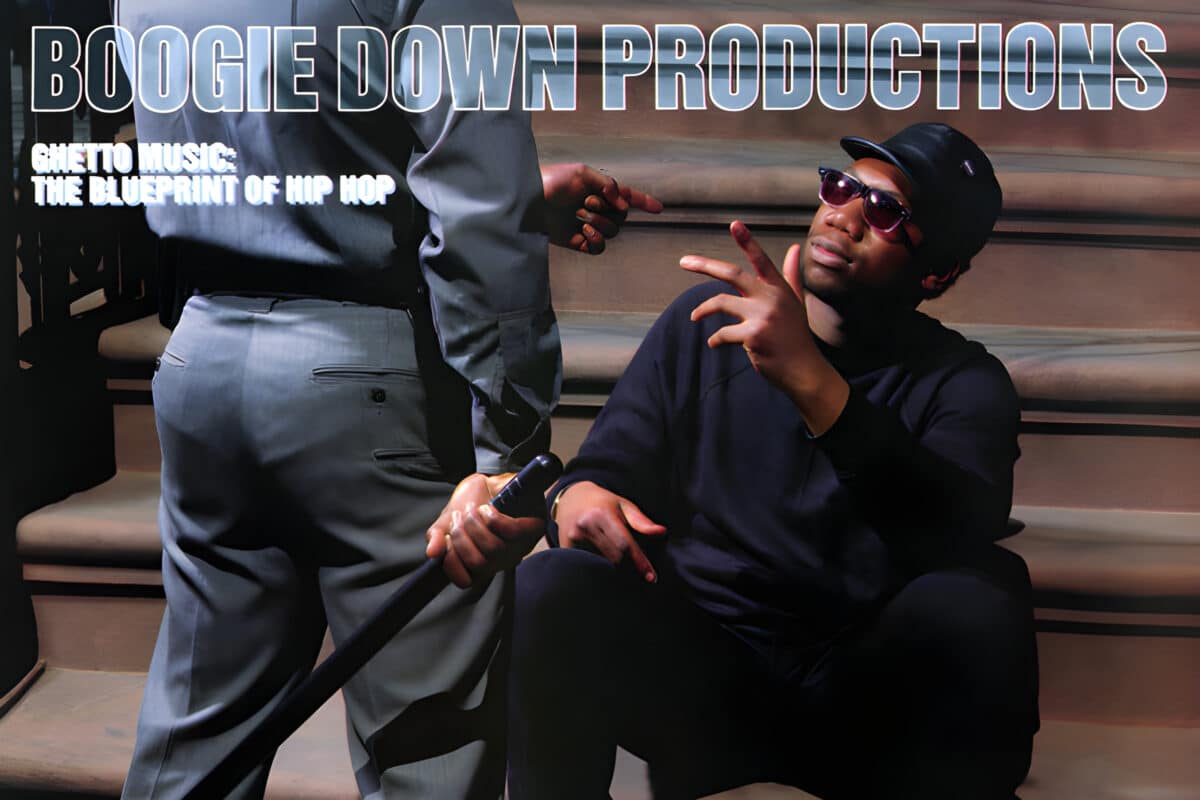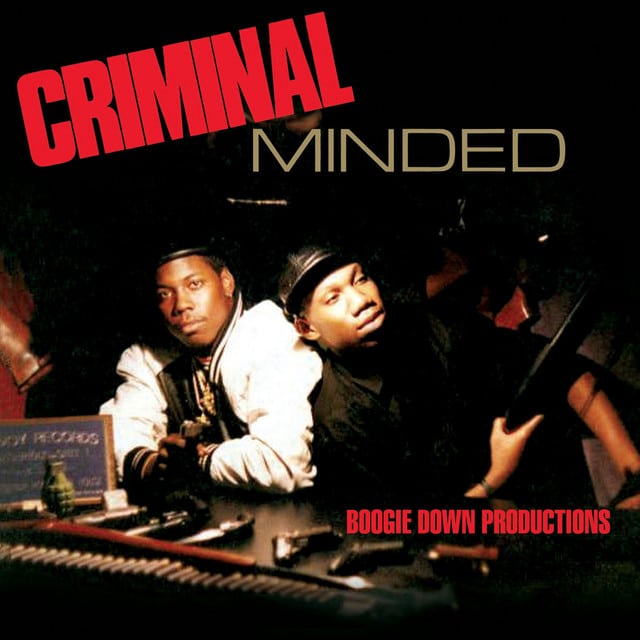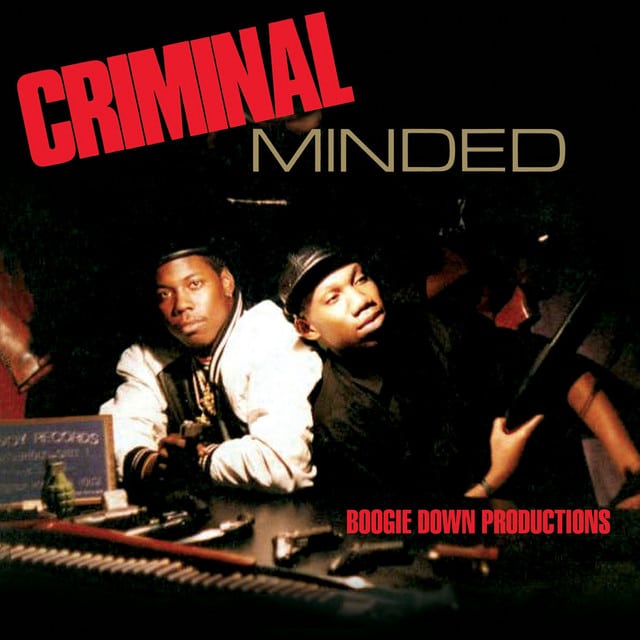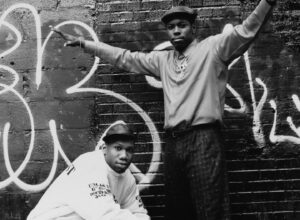Released: 1989
Boogie Down Productions’ song “Why Is That?” addresses issues of identity, education, and historical truth within the African American community. Through thoughtful and questioning lyrics, KRS-One challenges the listeners to reconsider historical narratives and cultural stereotypes that have been imposed on Black communities. He uses biblical references to reinforce the African origins and significant historical roles of Black people, thereby inspiring empowerment through knowledge.
The song opens with a sense of routine and grounding with the artist beginning the day with a “grin and a prayer.” This suggests a positive start and an acknowledgment of personal flaws or “sins.” It sets a reflective tone for the rest of the song, where the focus will be on contemplation and truth-seeking.
Immediately, KRS-One raises a thought-provoking question: Why are young Black children not being taught about their own rich cultural history? He contrasts this with the education of white children, indicating a systemic discrepancy. He emphasizes that education for Black kids is more than just basic academics but also about identity and history, thus comparing it to an impossible transformation—like “teaching a dog to be a cat.”
In the next segment, KRS-One digs into biblical texts to substantiate his argument. He refers to “Genesis chapter eleven verse ten” and other passages, aiming to provide evidence of African lineage in important biblical figures. For example, KRS-One states that Chem was a black man from Africa and that Abraham, his descendant, must also have been black, contrary to popular biblical portrayals. This passage is intended to rewrite or challenge accepted narratives, claiming them for Black heritage.
Continuing his examination of genealogy, KRS-One narrates the lineage from Abraham to Jacob, mentioning the twelve tribes of Israel. By invoking these historical and biblical contexts, he not only ties significant figures to Black history but also implicitly questions why such information isn’t common knowledge or why it is distorted in modern teachings.
The artist then introduces Moses, stating he was born in Egypt at a time when Black Egyptians ruled. By asserting that Moses could pass as the Pharaoh’s grandson, KRS-One argues for a visual and cultural affinity between Moses and the Egyptians, a narrative often overlooked in traditional Western teachings. His message implies a reclaiming of history where Black figures played vital roles.
The hook of the song keeps returning to a poignant question about the distortion or lack of certain historical truths, which perpetuates misinformation among African Americans. KRS-One seeks to inspire a new understanding and connection with true African roots and identity, countering what he perceives as a legacy of ignorance perpetuated by “wack” information.
Transitioning to a broader perspective, the second part of the song declares an end to ignorance. The statement “knowledge reigns supreme over nearly everyone” reflects a core belief in the transformative power of education. It calls out the stereotype that associates knowledge with weakness, stressing instead that real strength comes from enlightenment.
KRS-One critiques the impact of stereotypes and misinformation, asserting that these falsehoods only serve to obscure true knowledge and identity. He envisions a need for robust educational reform, urging a comprehensive understanding of Black heritage that goes beyond mere lip service. This message echoes the power of community learning to “take a nation of millions” and turn back centuries of disenfranchisement.
Ultimately, “Why Is That?” stands as a call to action. It urges Black listeners to question the narratives they have been taught, reclaim their history, and recognize their worth. Through this process, KRS-One hopes to dismantle the systems that continue to perpetuate inequality and ignorance, thereby laying the groundwork for true knowledge, peace, and empowerment within the community.








